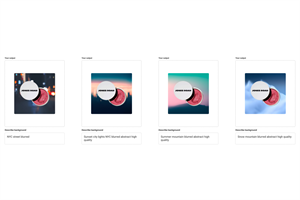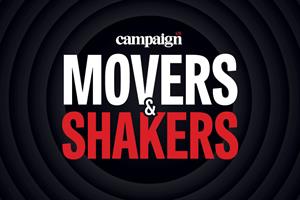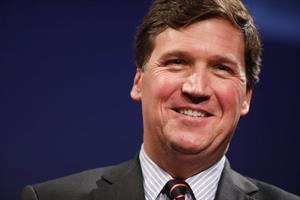Campaign US’ inaugural Agency Report Cards provide a wealth of information on agency performance across business trends, talent, DE&I progress, sustainability and the future of work.
After overseeing the compilation of this comprehensive report, here are five key takeaways on the state of the business in 2021.
1. Business bounces back post-pandemic
Most agencies, unless privately owned, declined to share figures on business performance, making it difficult to paint an overall picture for the state of the sector in 2021.
However, a majority of firms covered in the report alluded to growth over 2020 — which isn’t difficult, given the tough comps they were up against last year. But all the major holding companies grew between 10% and 13% organically in 2021, representing progress over 2019, when organic growth hovered between 1% to 2% across the board.
We were able to deduce a few trends. First, revenue diversification is imperative to growth. Media agencies are talking about the integration of brand and performance and investing heavily in retail media and commerce as the media ecosystem evolves.
Creative agencies, on the other hand, are leaning into production — a growth driver in a category pressured by changing client demands to move faster and more efficiently. They’re fighting to be more agile and move at the speed of culture, a necessity that’s often at odds with traditional creative business models.
Many agencies told a good story around pushing into new areas — but we’re waiting to see if they can shift a significant portion of revenue to these newer services vs. legacy offerings.
2. Clients are consolidating and shifting to project work
Post-pandemic, clients are consolidating across holding companies, creating opportunities for more project work and leading to organic growth with key accounts. Coca-Cola is the prime example, consolidating its $4 billion account with WPP in December.
This trend is apparent in the media space. Walmart, Philips, Unilever and Meta are just a few examples of multimillion dollar consolidations. But it's happening on the creative side too, as major marketers including Mondelēz and Taco Bell added extra remits for their incumbent agencies. The result means higher-stakes pitches with bigger risks and larger rewards for agencies.
But a heavy year of pitch activity was not just about consolidation. After the pandemic, many clients are looking for a fresh start following decades with the same partner — a trend that played out at Hershey’s, Coca-Cola, Eli Lilly, T-Mobile and more.
3. The Great Resignation hits agencies hard
Attracting and retaining talent should be a key focus at agencies this year, as data indicates the Great Resignation is hammering the sector. Median churn across U.S. firms is 31%, with some agencies reporting numbers as high as 40%.
One firm confidentially reported 50% churn. About half of agencies that shared figures are seeing churn rates between 30% and 40%, a troubling sign that talent isn’t sticking around long enough to make an impact.
Most agencies reported headcount growth over the bone-deep cuts made in 2020, but a handful reported decreased staff numbers year over year.
Agencies are coping with talent challenges by leaning into freelance, not just as a backup plan but also as a specific strategy in light of changes in staffing patterns. Others are implementing flexible working policies, global exchange programs and mental wellness benefits to keep talent on board.
I’d like to see more effort in revamping benefits packages to match the varied life circumstances talent might face – whether that’s miscarriage leave, extended parental leave or sabbaticals. The world has changed, and company policies need to change with it.
4. Female representation is better than BIPOC representation
Agencies have made progress on gender balance. On average, U.S. agency staff actually skews female at 57%. Median female representation is at 58%. U.S. agency leadership is 51% female on average, with median female representation at 50%.
But when looking at BIPOC talent, the figures aren’t as strong. On average, 32% of U.S. agency employees are BIPOC, with median BIPOC representation at 33%. In leadership, BIPOC representation is just 23% on average, with a median of 24%. Those numbers need to continue to grow, especially as the nation continues to diversify.
There was progress on the DE&I front, but many agencies are just at the beginning of their journeys. Tons of pipeline, mentorship and career accelerator programs are in place across the board. The question is whether agencies can create inclusive environments that foster belonging to make the future majority want to stay at their organizations.
5. Bonus takeaway: Agencies need to get on TikTok
When it comes to agencies on TikTok, the cobbler’s children have no shoes.
As part of this year’s Agency Report Cards, we offered agencies the chance to show us what they are all about with a short TikTok video that riffs on the “Sunday Vibes” trend. It was shocking to me how many agencies said they wanted to participate, but didn’t yet have a TikTok account. Huh?!
When you're in the business of selling creativity, culture, media, marketing, branding or the like, become experts on the platforms you’re proposing to make magic on for clients!
Alison Weissbrot is the Editor of Campaign US.







